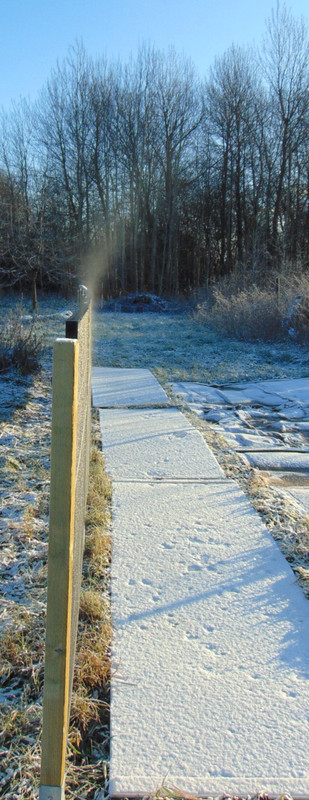Superconductivity is a condition of matter where resistance to electrical current disappears.
The first superconductors needed cooling to near the absolute zero. The next generation worked at temperatures of liquid nitrogen. A room-temperature atmospheric-pressure superconductor is a highly sought after material (e.g. it would expand possibilities to hande plasma for fusion research and make MRI machines easier to build).
A substance named LK-99 has recently caused interest in the research community. Its a copper-enriched lead apatite, typically made by reacting lead sulphate with copper phosphide. It is speculated to be superconductive at room temperature.
It is also thought that interesting properties are not inherent to the substance, but a particular kind of crystal lattice which this subtance obtains - if produced in certain ways.
The name LK-99 refers to Sukbae Lee and Ji-Hoon Kim, and the number refers to 1999, when these Korean researchers first stumbled upon it.
Studies back then were interrupted. They weren't certain of its properties and it was hard to make repeatably. When a researcher named Tong-Shik Choi died in 2017, he requested in his will that research into LK-99 be continued. The resources were found and his request was granted.
Then, other factors intervened, among them COVID. The first article was rejected by Nature because an extraordinary claim requires extraordinary proof. An article in Arxiv (not peer reviewed) at the end of July 2023 drew international attention, however.
Many persons and teams started attempting to replicate the experimental results. The process is still half way through, but considerable progress has been made.
-
Beijing University, school of material science + Beihang university: the experiment was made, but the effect could not be reproduced (they obtained a paramagnetic semiconductor of little interest)
-
Huazhong University, center for crystalline materials and micro/nanodevices: they obtained a diamagnetic crystal with interesting properties (repelled by a ferromagnet regardless of orientation, a property which a superconductor must have, but which is also shared by non-superconductive diamagnets)
-
National Physics Laboratory of India: failed to replicate the effect
-
Professor Sun Yue, South-Eastern University of China: got a weak diamagnetic crystal
-
Iris Alexandra (from Russia, plant physiologist): with an alternative production method, obtained a tiny but strongly diamagnetic crystal
-
Sinéad Griffin (Lawrence Berkley National Laboratory, from the US): published an article, attempting to theoretically explain how superconductivity might arise in the substance, explanatory tweet here
-
Junwen Lai (Shenyang National Material Science Laboratory, China): published an article about the electron structure of the substance, without opinion regarding superconductivity, with the opinion that gold doping would be better than copper doping
So, strong evidence is absent until now - we may have much merriness about nothing. There is a bunch of hypothesis and enough material to fit on a fingertip. :)
Background:
https://en.wikipedia.org/wiki/LK-99


That's some quite chilling reading.
People never got information about what mistake or malfunction took their relatives' lives, but the leaked files draw a pattern of Teslas making erratic maneuvers when self-driving.
Also, there's a pattern that crashed Tesla drivers tend to burn to death without passers-by being able to help them - because passers-by depend on opening doors using their handle, not pulling people out through windows or cutting through structures with hydraulic scizzors. By the time firefighters arrive, the person is dead and the fire too hot to apprach.
I would never buy a Tesla anyway, since I like utmost simplicity in vehicles.
But the Tesla battery seems like a special invitation for trouble to me - a ridiculously high number of small lithium ion cells. Unless your production is 100% reliable, that's not a manageable configuration. A low number of large cells in manageable. Also, it seems that their battery is very likely to short in a crash. A low number of large cells have more limited options for shorting and more chances of the single series connection breaking. As soon as you have parallel cells, you're asking for trouble.